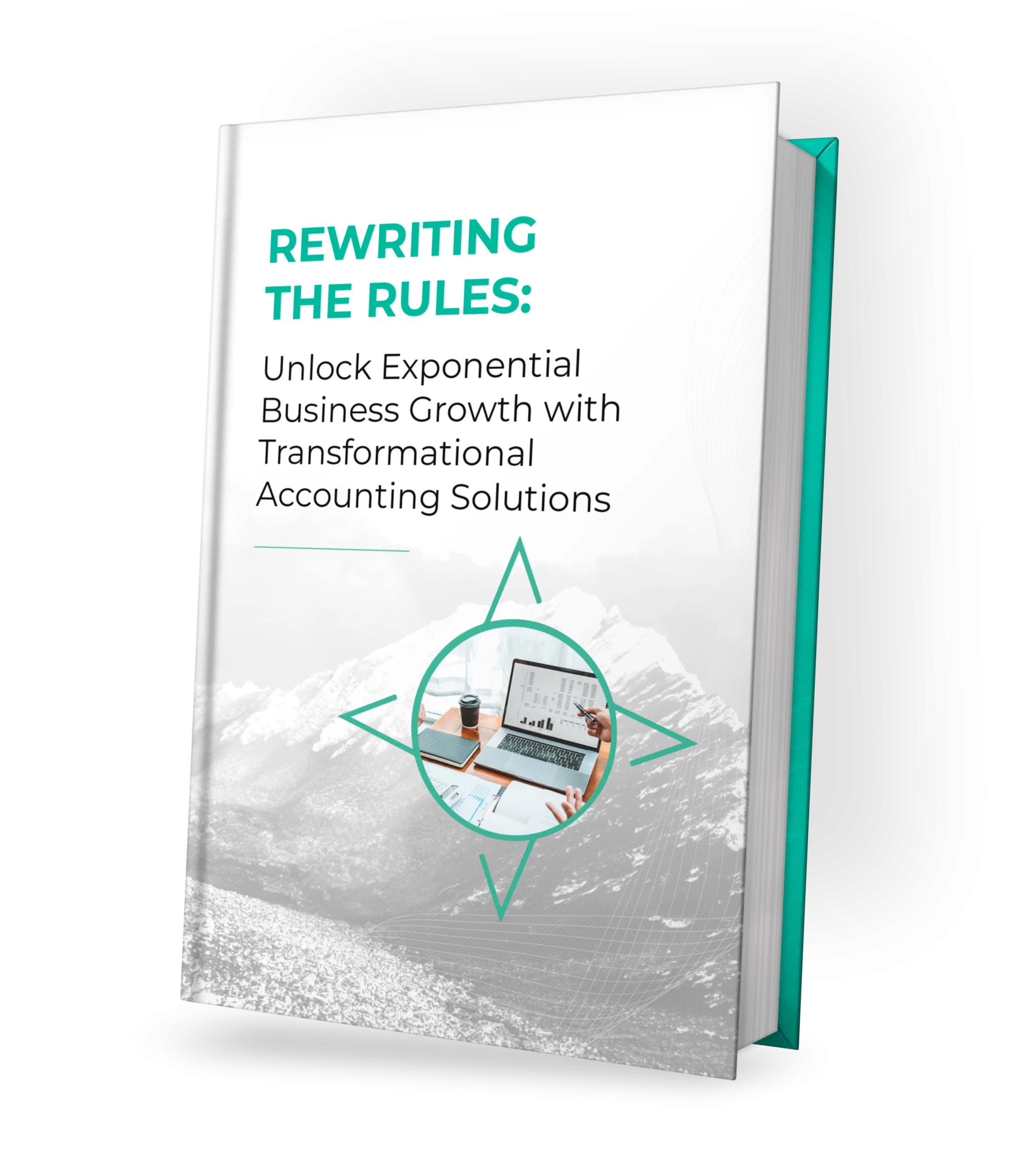Tax compliance is more than just a legal requirement; it’s a vital part of business strategy and financial planning. Ensuring that your business is in line with tax laws can protect you from legal issues and potential financial pitfalls. In this guide, we’ll delve into five crucial tax compliance tips that every business owner should know.
Table of Contents
- Choose the Right Business Structure
- Keep Accurate and Organized Records
- Understand Deductible Expenses
- Plan for Quarterly Estimated Tax Payments
- Consider Whether You Have a Requirement to Collect and Remit Sales Tax
Choose the Right Business Structure
Selecting the correct business structure is a foundational decision that can have far-reaching tax implications. We previously wrote in depth about choosing the right entity for your business. Each structure has its unique tax-related benefits and drawbacks. Below are a few examples.
-
Sole Proprietorship:
- Benefits: Tax Simplicity: Profits are taxed once as personal income, simplifying the tax process.
- Drawbacks: Self-Employment Taxes: The owner is responsible for the entire Social Security and Medicare taxes, potentially increasing tax liability.
-
Partnership:
- Benefits: Tax Flexibility: Profits and losses flow directly to partners’ personal tax returns, allowing individualized tax planning.
- Drawbacks: Personal Liability for Debts: Partners may be personally responsible for the partnership’s obligations.
-
Corporation:
- Benefits: Legal entity separate from its owners.
- Drawbacks: Double Taxation: Profits are taxed at the corporate level, and dividends are taxed again at the individual level, leading to potential double taxation.
-
LLC (Limited Liability Company):
- Benefits: Tax Flexibility: Can choose to be taxed as a sole proprietorship, partnership, or corporation, providing options to optimize tax strategy.
- Drawbacks: Self-Employment Taxes: Members may be responsible for self-employment taxes, similar to a sole proprietorship.
Consulting with a tax professional to determine the best structure for your specific situation can help you optimize tax benefits and align with your business goals. Understanding the tax implications of each structure allows you to make an informed decision that supports your vision and minimizes potential tax risks. Choosing the right business structure is a critical step in building a successful and tax-compliant business.
Keep Accurate and Organized Records
Accurate and organized record-keeping is the backbone of tax compliance. It’s not just about keeping track of numbers; it’s about maintaining a transparent and accountable system that stands up to scrutiny. It’s not merely a matter of convenience; it’s a legal requirement that can have serious implications for your business.
Poorly managed records can lead to errors in tax filings, missed deductions, and even legal penalties. On the other hand, well-organized records can streamline the tax preparation process, minimize errors, and provide valuable insights into your business’s financial health.
Here’s how you can ensure precision in your record-keeping, aligning with best practices and leveraging technology to your advantage:
- Utilizing Accounting Software:
- Connect to Bank Feeds and Credit Cards: This ensures real-time tracking of transactions.
- Integrate Accounts Payable and Receivable: Seamless integration helps in managing cash flow.
- Utilize Employee Expense Programs: Tools like Ramp or Expensify capture receipts for an accountable plan, allowing reimbursements without affecting taxable income.
- Understand Accountable Plans: These plans must meet IRS criteria to exclude reimbursements from employee income.
- Working with an Accountant: An outsourced accountant can keep your books up to date to give you visibility into your business performance while also guiding you through complex tax landscapes, ensuring compliance and efficiency. By outsourcing, you get the expertise you need while saving money to an in-house solution.
By investing time and resources in maintaining accurate and organized records, you’re not just fulfilling a legal obligation; you’re building a strong foundation for your business’s financial success. It’s a proactive approach that pays dividends in the long run, supporting your tax compliance strategy and contributing to informed decision-making.
Understand Deductible Expenses
Understanding deductible expenses is key to reducing your tax liability:
- Define Deductible Expenses: Know the difference between business and personal expenses to avoid mixing them.
- Familiarize Yourself with Deductible Expenses: Such as:
- Direct Expenses: Necessary for generating income/revenue.
- Office Supplies: Including stationery, computers, and furniture.
- Travel: Business-related travel expenses.
- Advertising: Costs related to promoting your business.
- Equipment: Machinery, tools, or other essential equipment.
- Properly Track Deductions: Use dedicated software or professional services to track these deductions accurately.
Plan for Quarterly Estimated Tax Payments
Planning for quarterly estimated tax payments is not just a matter of compliance; it’s a strategic approach to managing your business’s cash flow and avoiding unexpected financial burdens. The Internal Revenue Service (IRS) requires certain taxpayers to make these payments, and failing to do so can lead to penalties and interest charges.
But beyond the legal requirements, understanding and planning for quarterly estimated tax payments can provide a clearer picture of your financial obligations throughout the year. Here’s what you need to know to navigate this critical aspect of tax compliance:
- Understand the IRS Requirements: Know when you need to pay estimated taxes based on your expected tax liability.
- Know the Safe Harbor Rules: Paying 100% of the tax you owed last year (110% for high earners) or 90% of the current year’s tax can protect you from penalties.
- Work with a Tax Professional: They can help you determine if this applies to your business and calculate the correct amounts.
Consider Whether You Have a Requirement to Collect and Remit Sales Tax
Sales tax compliance is a complex area that requires careful consideration. It’s not just about knowing the rates; it’s about understanding the intricate web of regulations that govern how sales tax is applied, collected, and remitted. Here’s a deeper look into the essential aspects of sales tax compliance:
- Understand Sales Tax Nexus: Different jurisdictions have varying rules, and understanding where you have a nexus is crucial. A nexus is a connection between a taxing jurisdiction (such as a state, county, school district) and a business. This connection requires the business to collect and remit sales tax within that jurisdiction. Nexus can be established through physical presence, economic activity, or other factors. It’s essential to consult with a tax professional to determine where you have a nexus and what your obligations are in those jurisdictions.
- Use Tools for Calculation and Reporting: Tools like Avalara, TaxJar, or marketplaces like Amazon can automate sales tax calculations and remittance. These tools can integrate with your existing systems, providing real-time calculations based on the latest tax rates and rules. They can also generate reports and file returns, saving you time and reducing the risk of errors.
- Know Your Products and Jurisdictions: Not all products are taxable, and rates can vary by jurisdiction. For example, some states may tax clothing while others do not. Some may offer reduced rates or exemptions for certain types of food or medical products. Understanding the specific rules for the products you sell and the jurisdictions where you sell them is vital. Regularly review and update your product taxability settings to ensure compliance.
Conclusion
Tax compliance is a multifaceted aspect of business management that requires attention to detail, strategic planning, and professional guidance. By implementing these five key tips, business owners can navigate the complexities of tax regulations, optimize their tax structure, minimize financial risks, and lay a strong and compliant financial foundation.
Whether you’re a new entrepreneur or an established business owner, these insights can empower you to make informed decisions that align with your business goals and legal obligations. Don’t hesitate to invest in expert assistance, as it can be a valuable asset in your journey towards long-term success and growth. Contact us today to learn about how we can help your business optimize for tax compliance.

